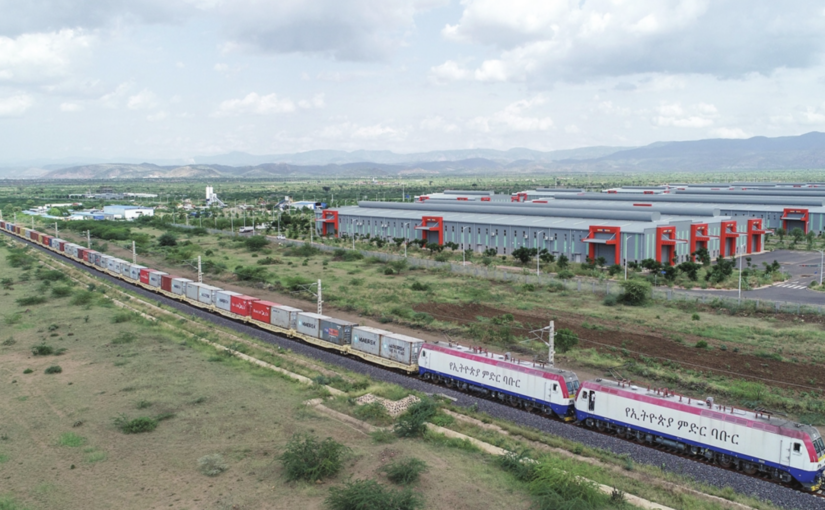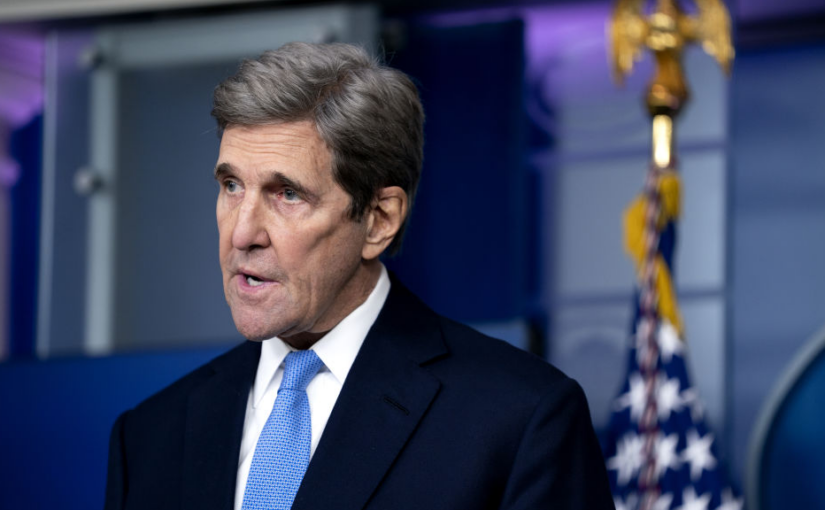In the following article, well-known Marxist economist Michael Roberts assesses the latest set of protectionist measures taken by the Biden administration against China. Roberts notes that these measures include “a quadrupling of the tariff rate to 100% on Chinese electric vehicle (EV) imports, doubling the levy on solar cells and more than tripling the fee on Chinese lithium-ion EV batteries.” These tariffs constitute a doubling-down by President Biden on the measures introduced by the Trump administration in 2018-19.
The article observes that “Chinese EVs are now better and cheaper than their Western counterparts”, and this reflects China’s rapid advance in several key areas of green technology.
China has scaled up its green industries rapidly. It now produces nearly 80% of the world’s solar PV modules, 60% of wind turbines and 60% of electric vehicles and batteries. In 2023 alone, its solar-power capacity grew by more than the total installed capacity in the US.
Biden’s protectionist measures are being justified on the basis that they will stimulate domestic production of green technology in the US. However, Roberts argues that this is unlikely to be the outcome, given historical precedent. Previous tariffs on solar panels, introduced in 2012 and later expanded, did not revitalise the US solar industry. “On the contrary, the American global market share of the solar industry has considerably decreased since the original tariffs were placed — from 9% in 2010 to 2% today. Meanwhile, China’s share of the industry rose from 59% to 78%. There’s no reason to believe that the recent tariff increase will reverse this trend. There’s even less hope that they will help spur a domestic EV industry.”
The article also points to the irony of the US accusing China of violating WTO rules with its green tech subsidies, whilst simultaneously introducing a substantial package of its own green subsidies. “It seems that China’s industrial policy of subsidies is ‘gaming the system’, while US industrial policy of similar subsidies is just ‘protecting’ US industry.”
Rather than boosting domestic production, the tariffs are likely to have the opposite effect, by raising costs for US consumers and businesses and disrupting supply chains. The article notes that “Trump and Biden’s imposition of tariffs risks hindering the adoption of low-emission technologies by American businesses and consumers.”
In general, the US’s strategy of attempting to stifle China’s development will not be successful and will certainly not benefit the US economy; indeed “the cost to the US economy and the profitability of US industry will be considerable, and even more to the real incomes of Americans.” However, in a context where “the US is losing its imperialist profit extraction from trade with China and increasingly being squeezed out of world markets by Chinese goods”, there appears to be a bipartisan consensus on continuing with these last-ditch attempts at destabilising and weakening China, even if ultimately they prove to be a classic case of “lifting a rock only to drop it on one’s own feet.”
The article was originally published on Michael Roberts’ blog on 20 May 2024.
Last Tuesday, the trade and technology war launched by the US on China back in 2019 took another ratchet up.
The US government announced a new series of protectionist measures on Chinese goods imported into the US. It included a quadrupling of the tariff rate to 100% on Chinese electric vehicle (EV) imports, doubling the levy on solar cells and more than tripling the fee on Chinese lithium-ion EV batteries. These tariffs are equivalent to an annual $18bn of Chinese goods on top of the previous $300bn slapped down under Trump.

The new tariffs specifically target ‘green goods’, most notably EVs, but tariffs on lithium-ion batteries, critical minerals and solar cells will also be substantially increased. The measures are set to take effect this year (with the exception of graphite, where Chinese dominance is most stark, so tariffs begin in 2026).
China is the world leader in EV production and innovation. Chinese EVs are now better and cheaper than their Western counterparts. Biden’s intention is to stave off Chinese competition while stimulating domestic EV supply. But China’s EV imports are only 2% of the US market. And all the goods that these new tariffs were slapped on constitute only about 7% of US-China trade. What this shows is that, even the US government recognizes that the US still relies heavily on Chinese goods imports and cannot cut them all dead.
That’s because the tariff and technology war is not just about protecting the ailing US auto industry. China is totally dominant in EV manufacture because it’s also totally dominant in battery (cell) manufacture. And it’s also totally dominant in the manufacture of the chemicals that go into those cells (cathode & anodes).
China is also utterly dominant when it comes to the refining of the materials that then go into the chemicals that then go into the cells which go into the EVs.
Continue reading Tariffs, technology and industrial policy



















